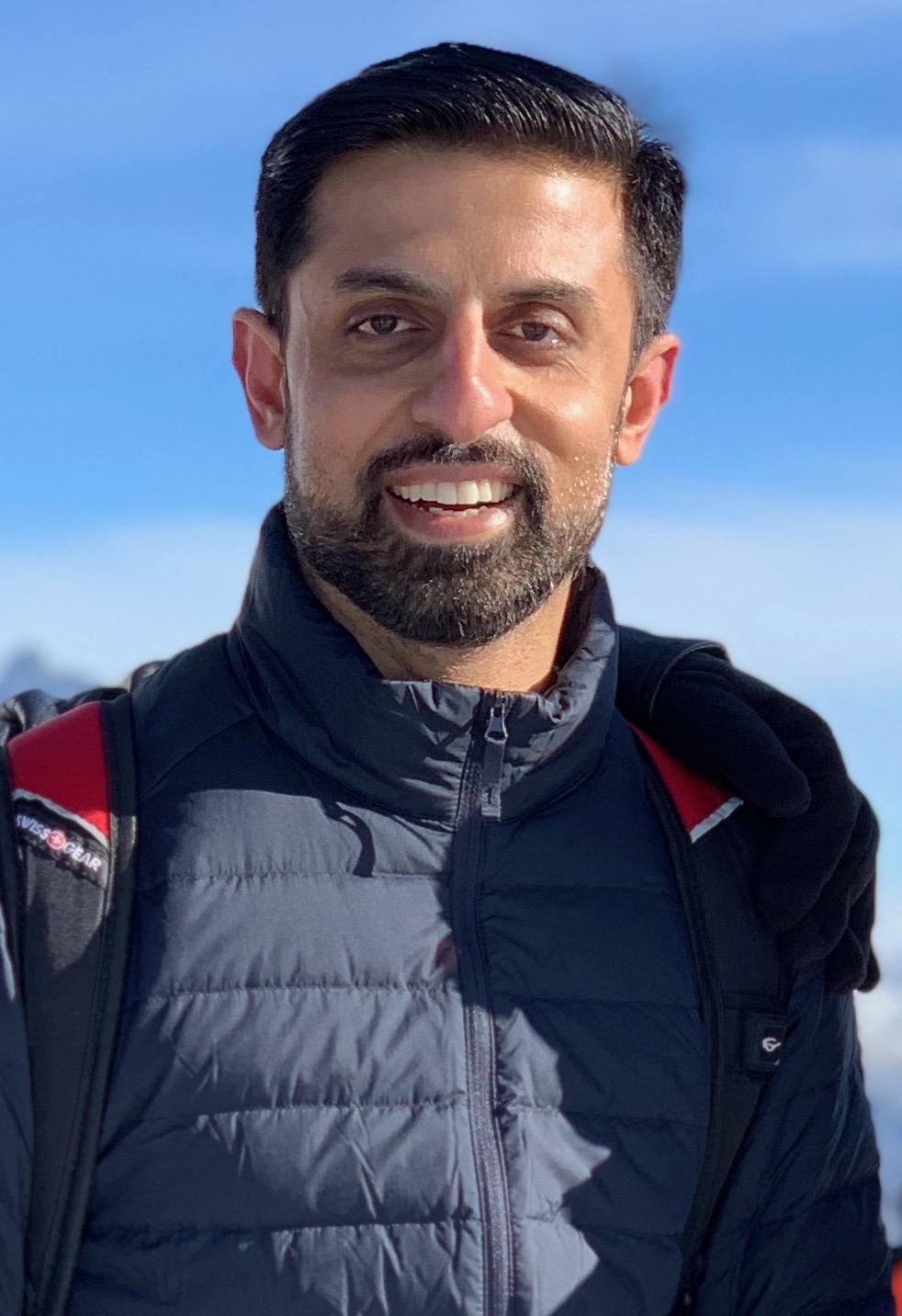Start with the Short List
Zipf’s Law says that in any language, a tiny set of words does most of the heavy lifting. Words like “the,” “and,” “of.”
The top 100 words in English make up nearly half of all writing. That’s wild!
Even better — it means that if you learn the most common words first, you can understand most conversations without memorizing thousands of them.
Just focus on the essentials.
And it’s not just languages. Look at code.
In Python, you see the same handful of terms everywhere: def, if, else, for, in. They’re the “the” and “and” of Python. Master those, and suddenly the rest of the language feels manageable.
Same with SwiftUI. You’ll build more with just Text, HStack, and VStack than almost anything else.
It’s why tools like Duolingo work — they teach “hello,” “I want,” and “where is” before anything fancy. Because that’s what you’ll use the most.
This pattern shows up everywhere. Typing. Coding. Speaking. Learning anything.
A small number of things matter most. Focus there first.
Call it Zipf’s Law. Call it the 80/20 rule. Either way, it works.
If you’re trying to learn something new, ask yourself:
What are the handful of things I’ll see or use the most?
Start there. The rest will come faster than you think.
